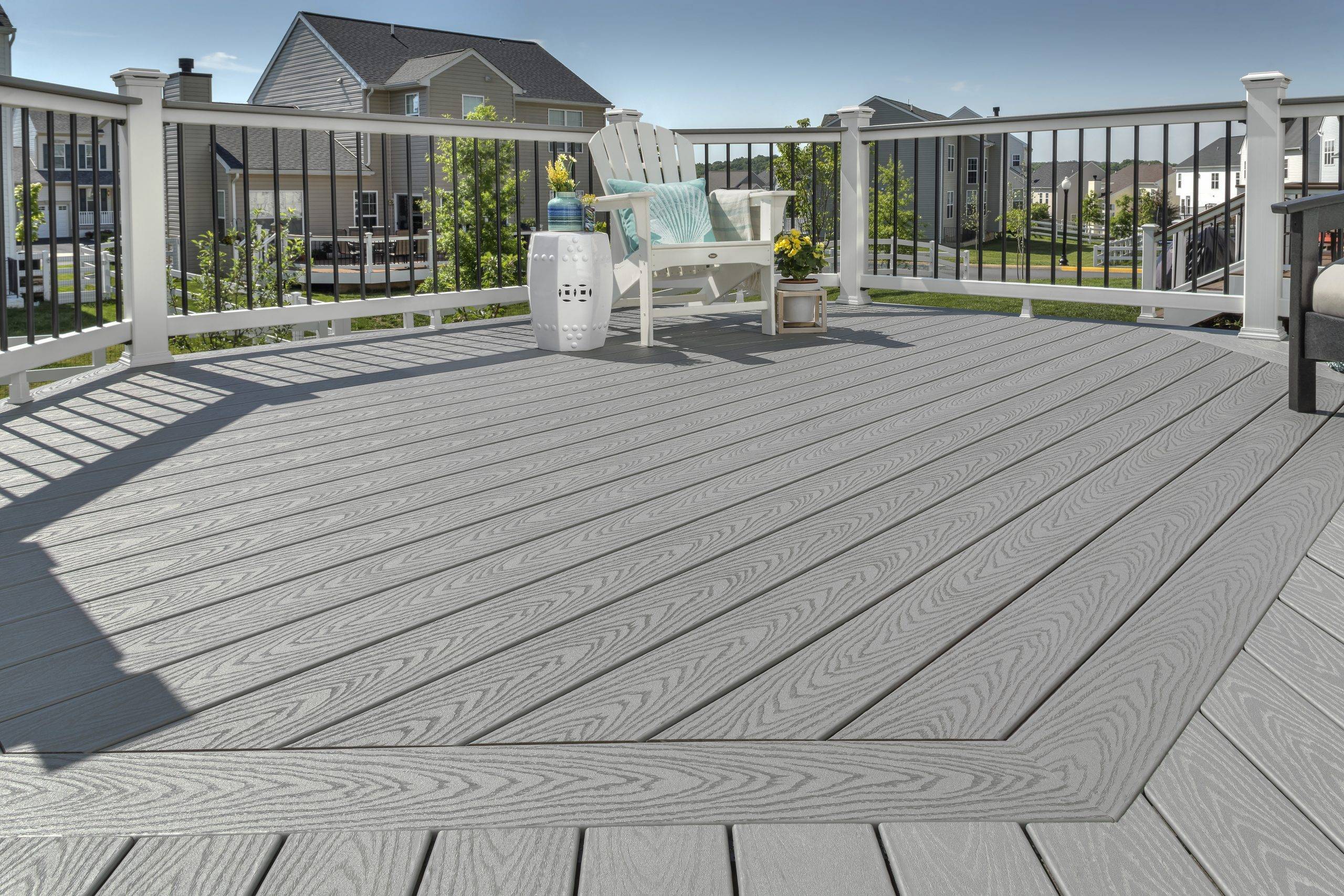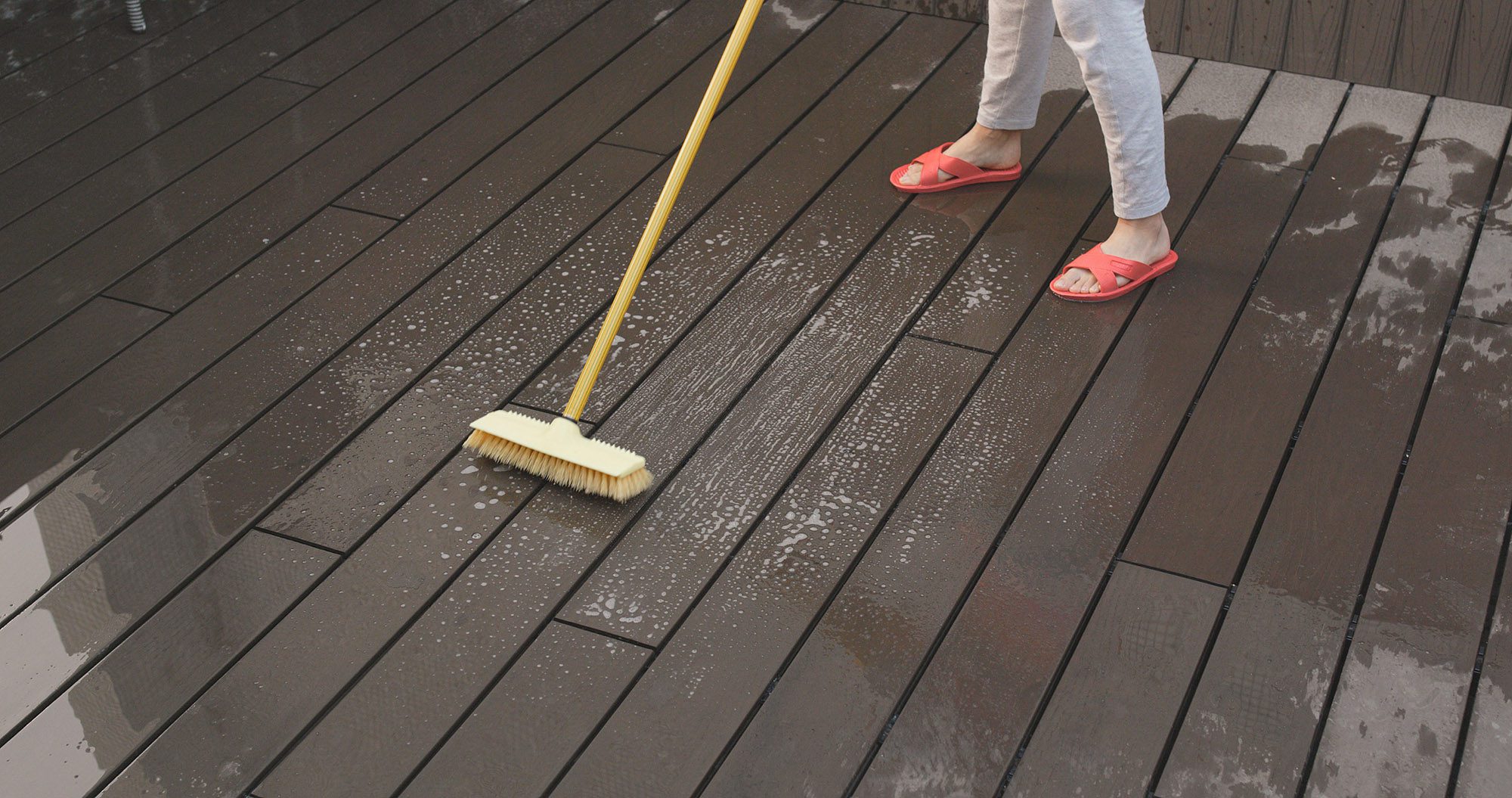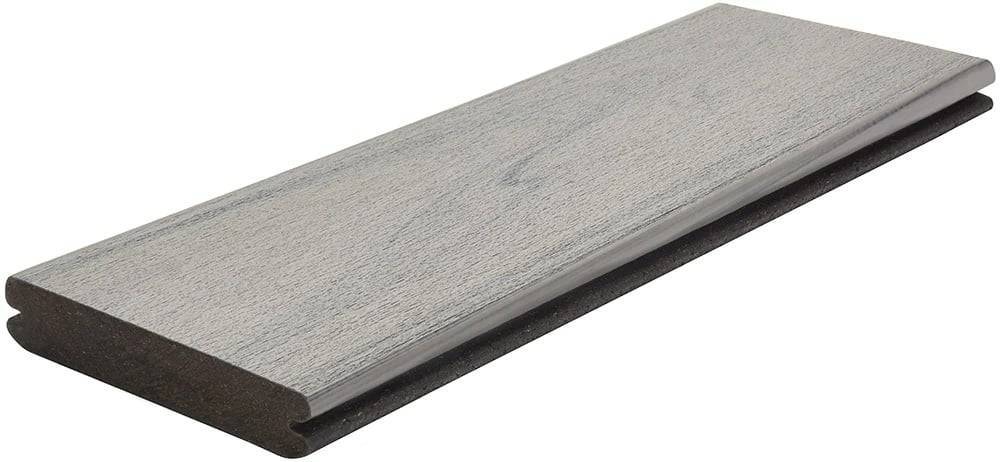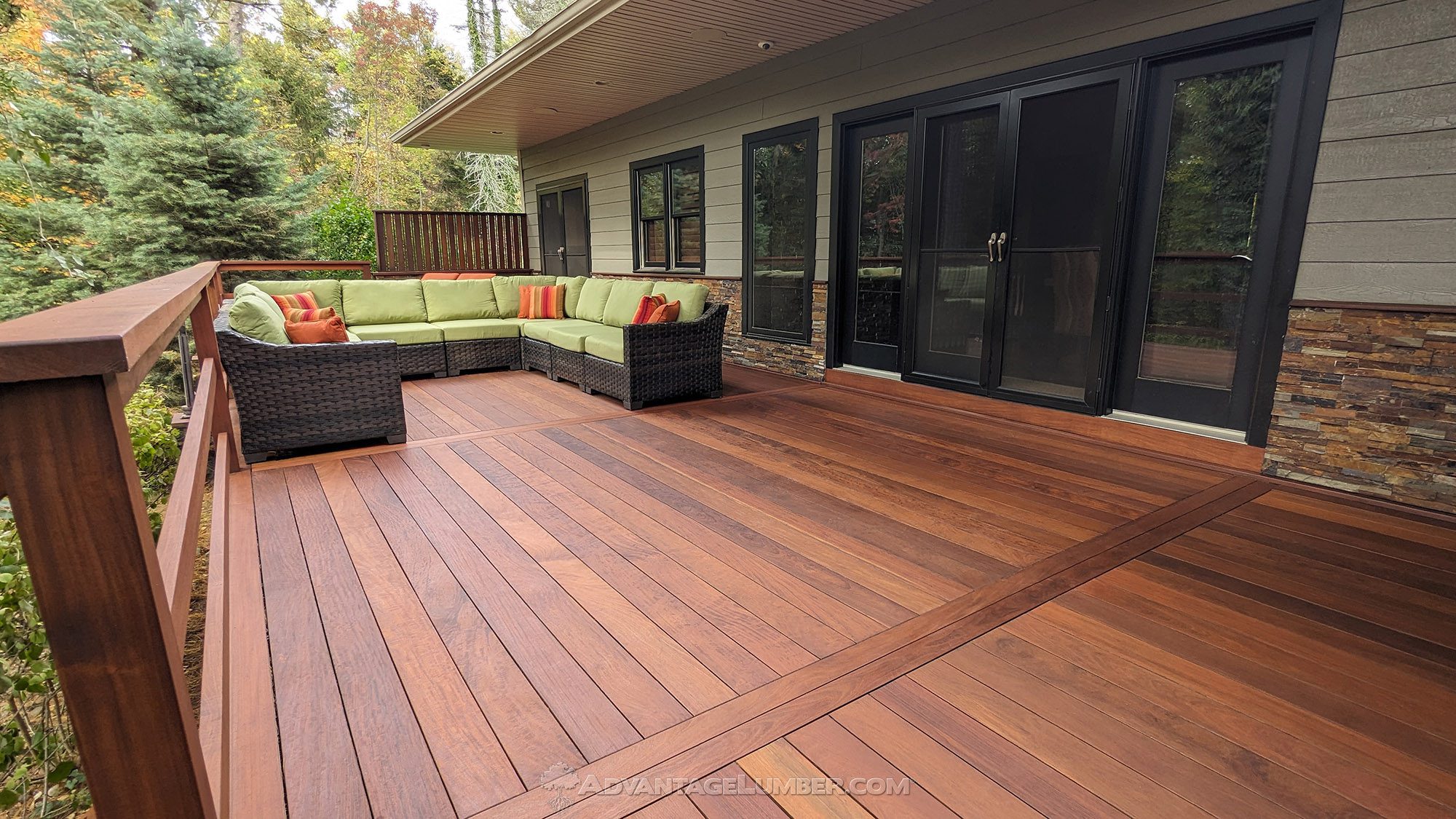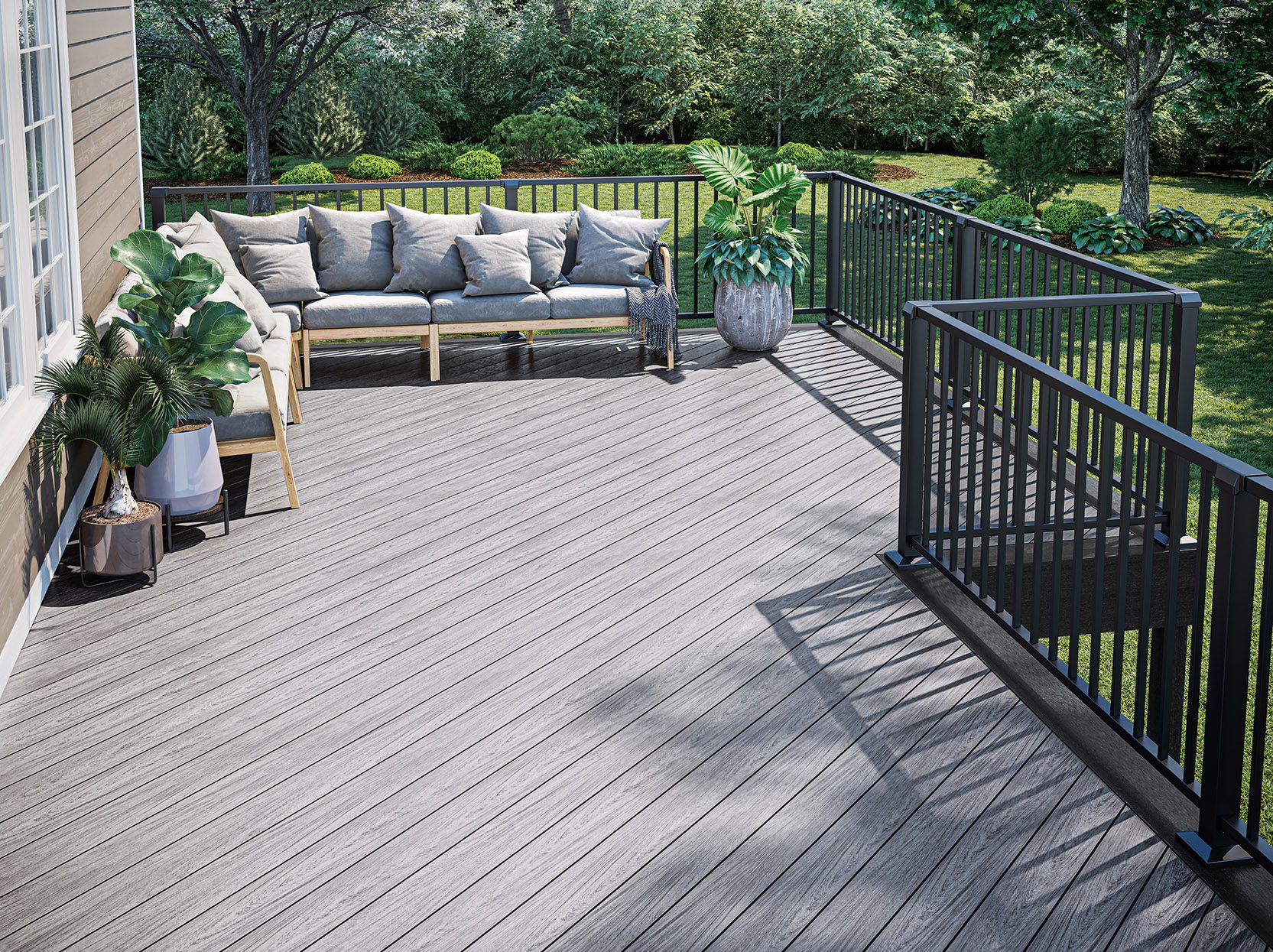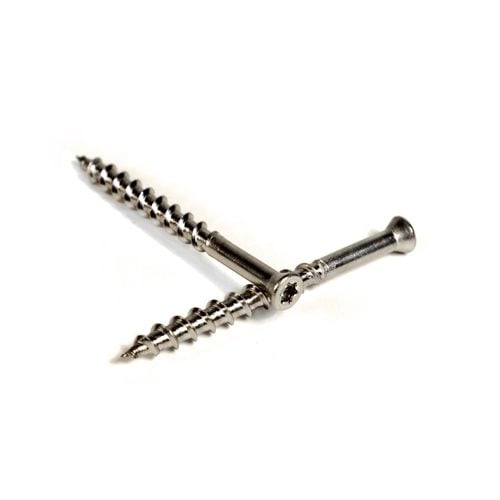5 Ways to Save When Building a Trex Deck
Building a Trex deck can be a substantial investment, but there are several strategies you can employ to save money without compromising on quality. Here are five ways to cut costs while still achieving the deck of your dreams. 1. DIY Installation One of the most effective ways to save on your Trex deck project …
